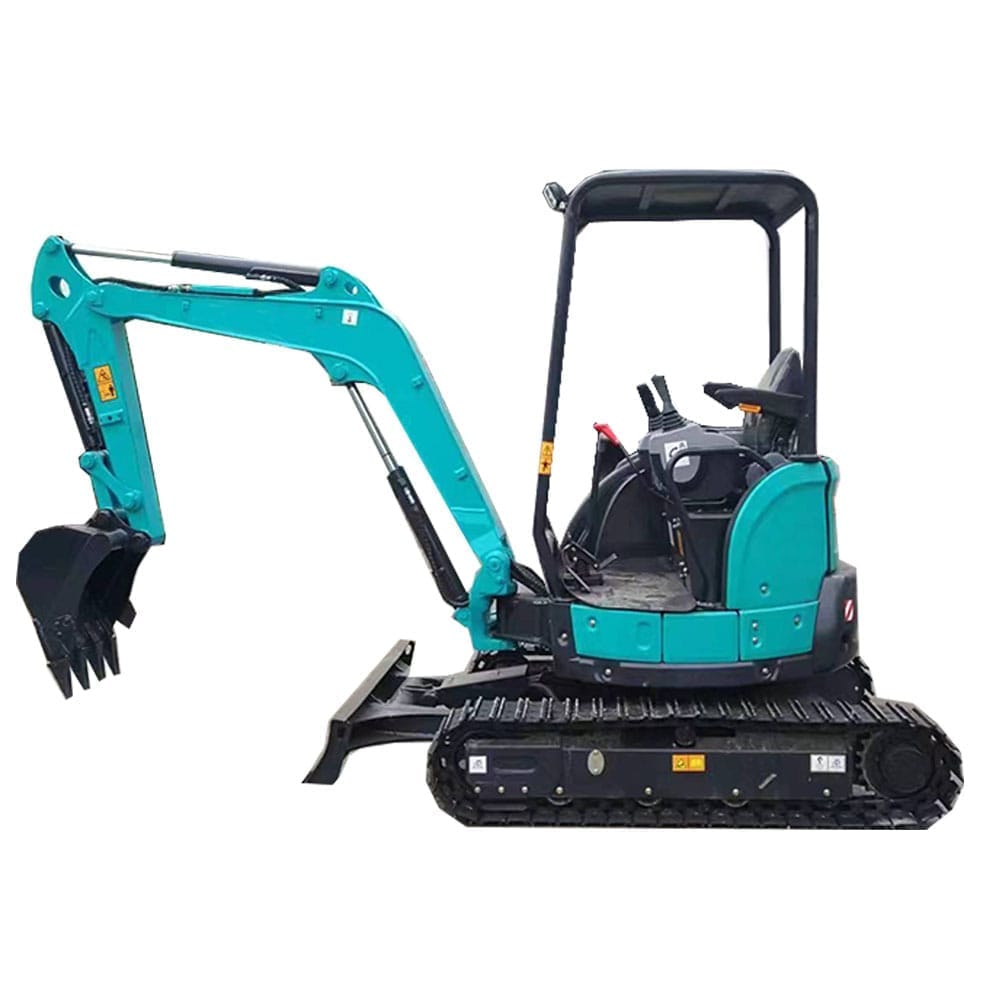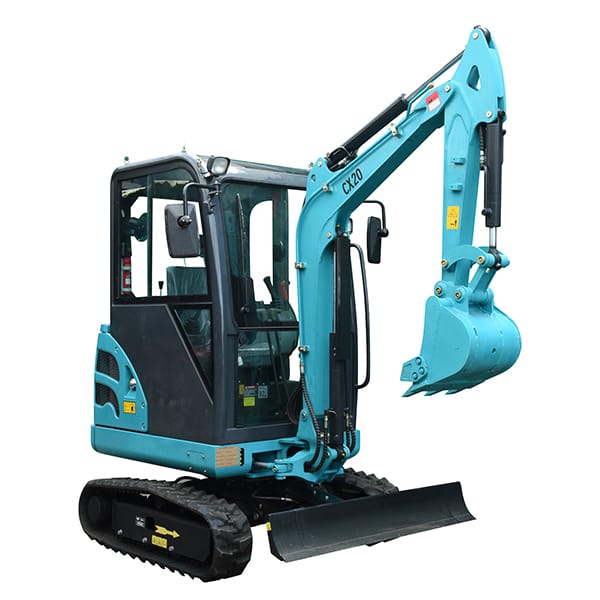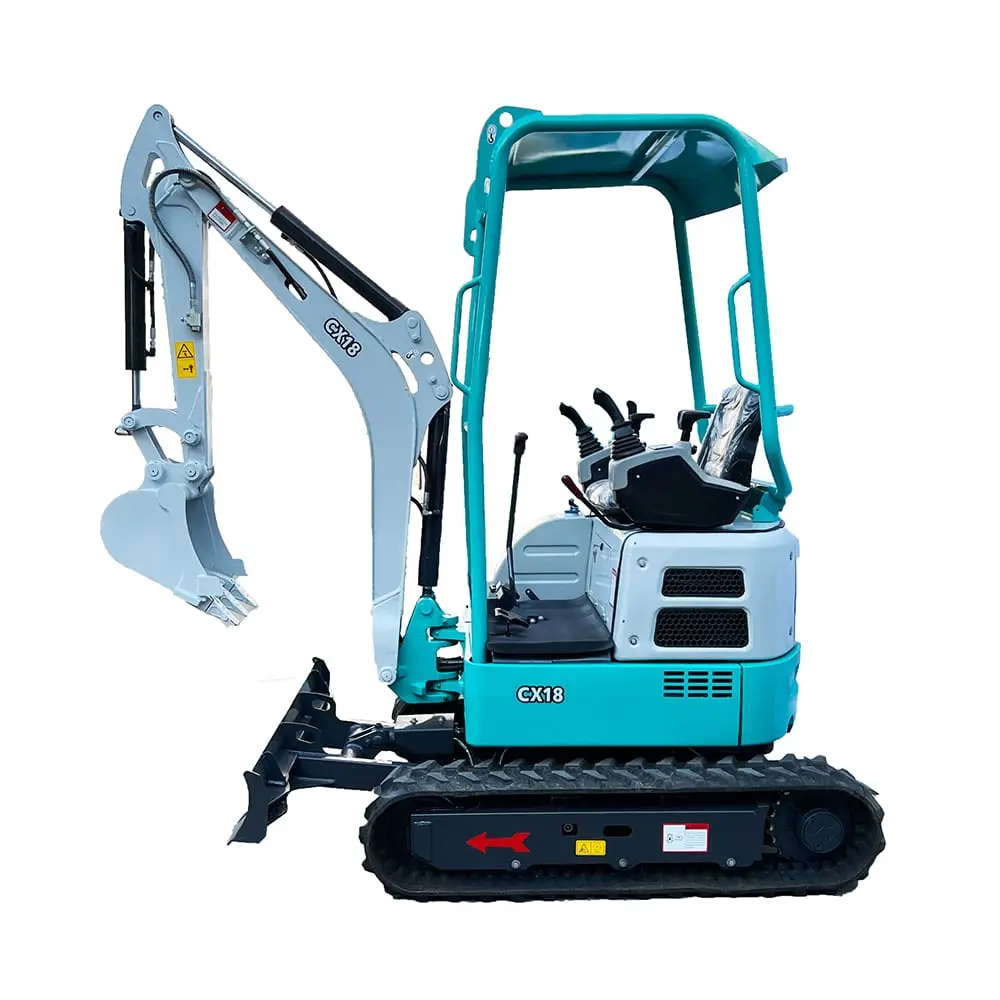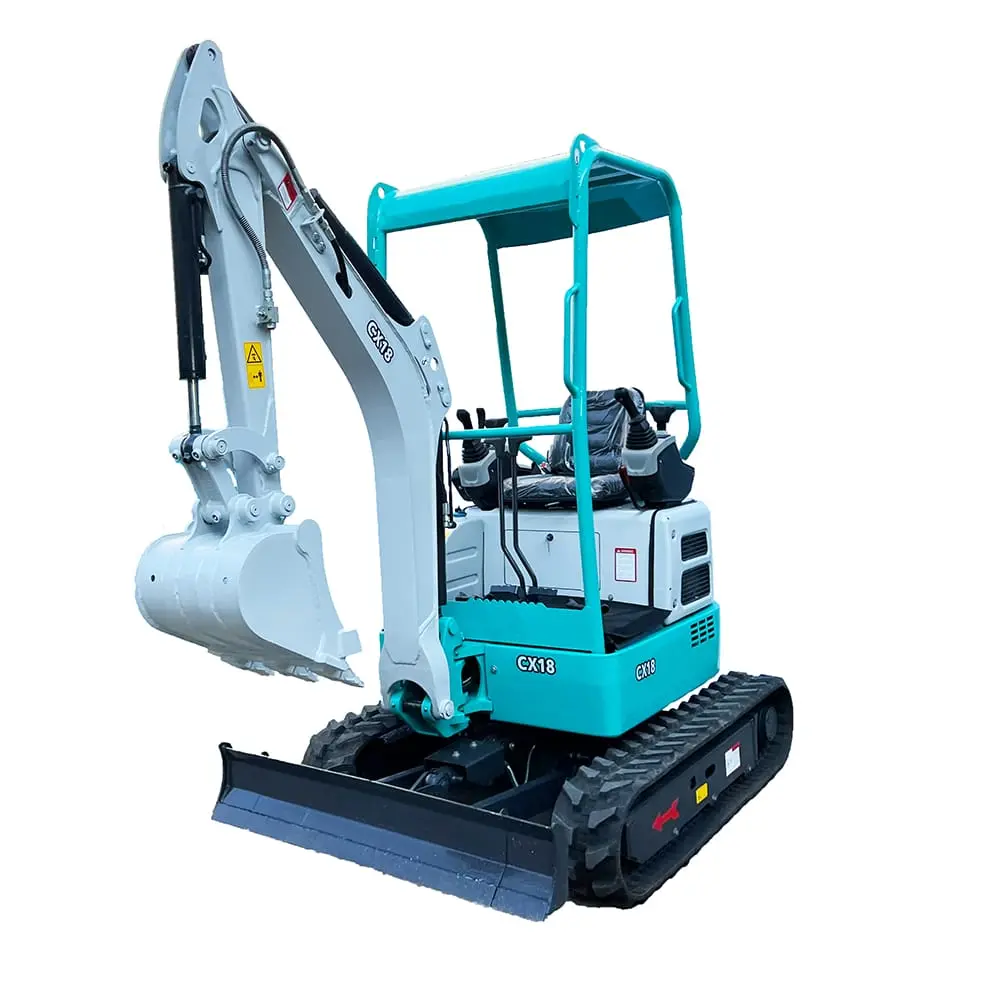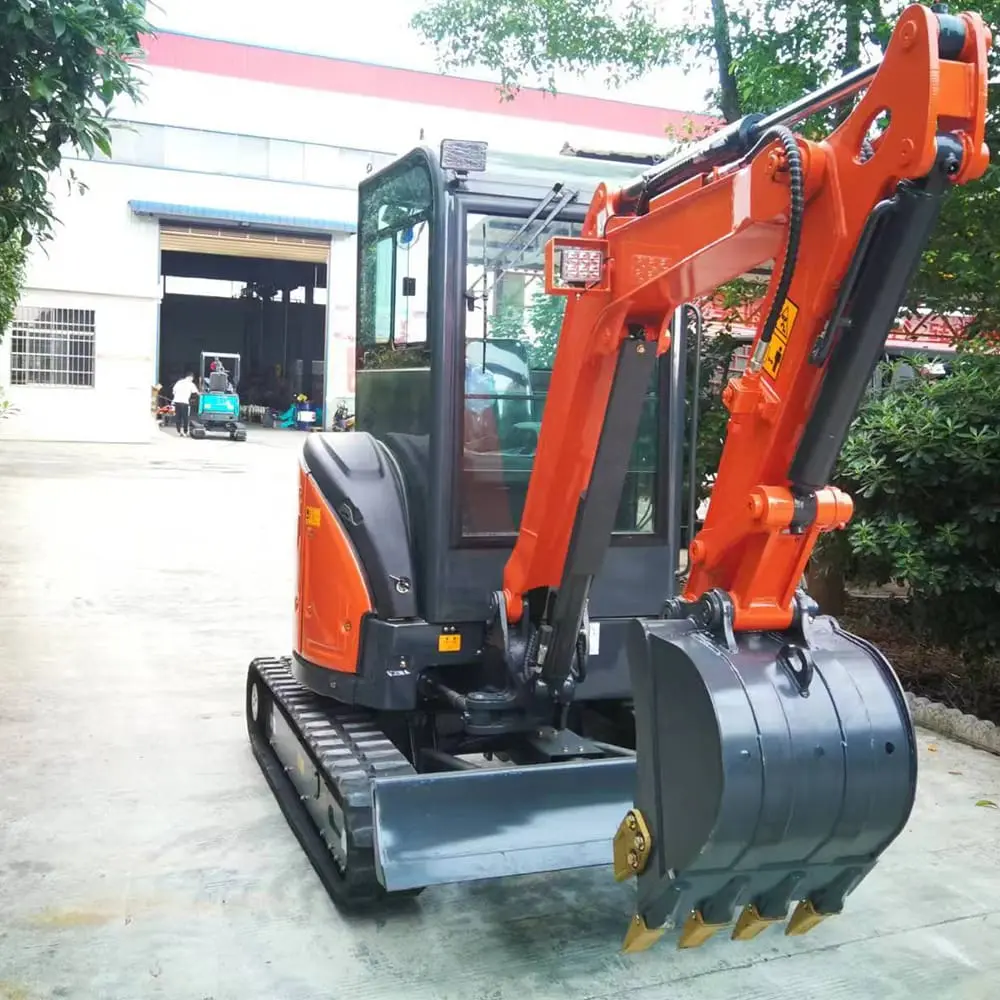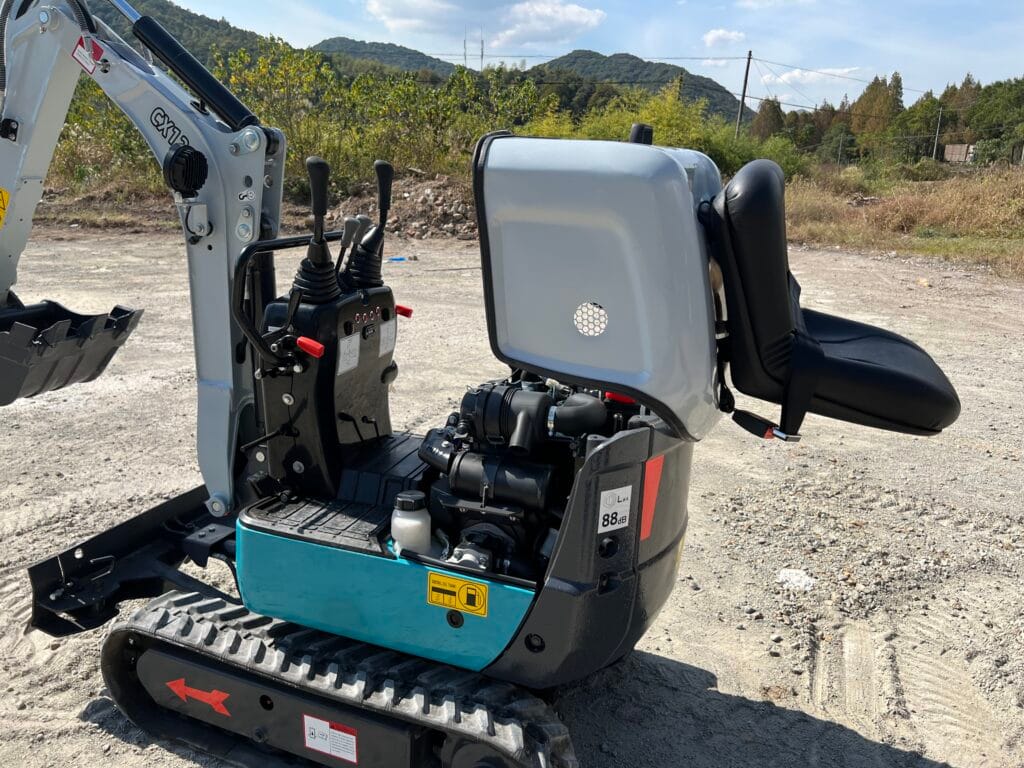Our smallest excavator sets the standard for efficient work in confined spaces. A tenacious worker, the SV08-1B is unfazed by housing foundations, indoor renovation, pipe-laying, landscaping and other challenges in hard-to-reach places. Adjustable width tracks let you maneuver through gaps as narrow as 2ft – 3in, and a variable undercarriage lets you work safely on slopes or steps.
Excavator
Mini excavators are designed to work efficiently in tight spaces.
Mini Excavators on the Scale: Exploring Their Weight
Mini excavators represent a pinnacle of engineering, integrating advanced power and precision within a compact design. Despite their small stature, these machines deliver exceptional performance, proving essential in diverse sectors. They excel in complex environments requiring agility, significant lifting power, and precise operational capabilities. Mini excavators are incredibly valuable for professionals in construction, landscaping, or any task needing precise mechanical work. They offer a unique blend of agility and strength that’s hard to beat.

In the high-stakes construction sector, where efficiency and making the most of space are crucial, mini excavators are recognized for their unparalleled utility. Their compact size enables operation in constrained spaces, facilitating tasks that larger equipment cannot perform. This includes precise trenching, foundational work, grading, and materials handling. Their adaptability makes them fundamental to the infrastructure of modern construction endeavors. However, leveraging the advanced capabilities of mini excavators goes beyond acknowledging their operational flexibility. It necessitates a thorough comprehension of their mechanical attributes, specifically their lifting capacities and weight considerations. In the domain of heavy machinery, prioritizing safety and technical knowledge is non-negotiable. This discussion seeks to equip operators and industry professionals with the insights required to utilize mini excavators efficiently, ensuring safety and enhancing operational proficiency in the process.
Weight of Mini Excavators
The operational weight of a mini excavator directly influences logistics, site-specific deployment strategies, and regulatory compliance. Mini excavators are designed across a broad spectrum of sizes and weights to accommodate diverse industry needs, with their mass typically spanning from 1,500 pounds (approximately 680 kilograms) to over 20,000 pounds (approximately 9,072 kilograms). This variance is reflective of the differing capacities, engine sizes, and additional features integrated into each model.
Understanding the precise weight of a mini excavator is crucial for selecting appropriate hauling equipment and for planning routes that comply with local and national weight limit regulations. Transport vehicles and trailers must have the capacity to safely bear the weight of the excavator, including any attached implements or accessories, without exceeding legal load limits.
The weight of the excavator impacts ground pressure and the ability to operate on various terrains or within environmentally sensitive areas. Heavier models, while potentially offering greater power and lifting capabilities, may require additional measures to mitigate ground disruption or damage. On the other hand, lighter models offer more flexibility in being used on soft soils or in areas where preserving the ground is very important.
How much weight can a mini excavator lift? While mini excavators are adept at lifting heavy objects, their lifting capacity is subject to various influencing factors, including the model, hydraulic system, attachments, boom configuration, and counterweights.
Mini Excavator Lifting Capacity:
Mini excavators are versatile machines engineered to excel in a multitude of tasks, and lifting heavy objects is among their primary functions. However, the lifting capacity of a mini excavator is not a one-size-fits-all metric; It’s influenced by many factors that highlight the machine’s design, engineering, and configuration.
Model Diversity and Specifications
The mini excavator market has many different model variations, each engineered with specific technical specifications to cater to distinct operational needs across different industry sectors. Manufacturers strategically design these models to address the nuanced demands of varied applications, thereby ensuring a spectrum of lifting capacities within the product lineup. This differentiation allows for a tailored approach to machinery selection, where each model’s performance metrics, such as maximum lifting force, breakout force, and operational weight, are optimized for tasks ranging from light-duty excavation and material handling to more substantial earthmoving and loading operations. Consequently, the lifting capacity, a critical metric denoting the maximum weight each model can safely lift, exhibits significant variance across the spectrum, aligning the equipment’s capabilities with the precise requirements of the task at hand.
Hydraulic System
At the core of a mini excavator’s operational capabilities lies its hydraulic system, designed to convert hydraulic fluid pressure into mechanical force. This system enables the mini excavator’s lifting and manipulative capacities. The efficacy of the system measures the hydraulic pressure and flow rate, which determine the dynamism and efficiency of the machine’s lifting operations. Advanced hydraulic systems are engineered to enhance the excavator’s lifting capacity, which is achieved by maximising the force exerted by the hydraulic cylinders.
Attachments
Mini excavators are often equipped with a range of attachments to enhance their versatility and adaptability to different tasks. These attachments, such as buckets, grapples, and hydraulic thumbs, can affect the machine’s lifting capacity. Some attachments may increase the lifting capacity by providing additional leverage or support, while others may slightly reduce it due to added weight or operational constraints.
Boom Configuration
Variations in boom length, arm design, and bucket size can impact the machine’s reach, stability, and lifting capabilities. The design parameters of the boom length, arm geometry, and attachment dimensions (notably, bucket size) are meticulously engineered to optimise the excavator’s mechanical leverage and weight distribution. Longer booms extend the excavator’s reach but can influence the machine’s center of gravity and, consequently, its stability during heavy lifting tasks. Conversely, shorter booms offer greater control and lifting strength but limit the operational range.
Counterweights
Counterweights are strategically positioned to balance the dynamic loads imposed by lifting, effectively counteracting the weight of the object being lifted. The presence, mass, and distribution of counterweights are calibrated to enhance the excavator’s lifting performance without compromising its maneuverability or efficiency. By optimizing the counterweight system, manufacturers aim to increase the machine’s lifting capacity by providing a more stable platform.


